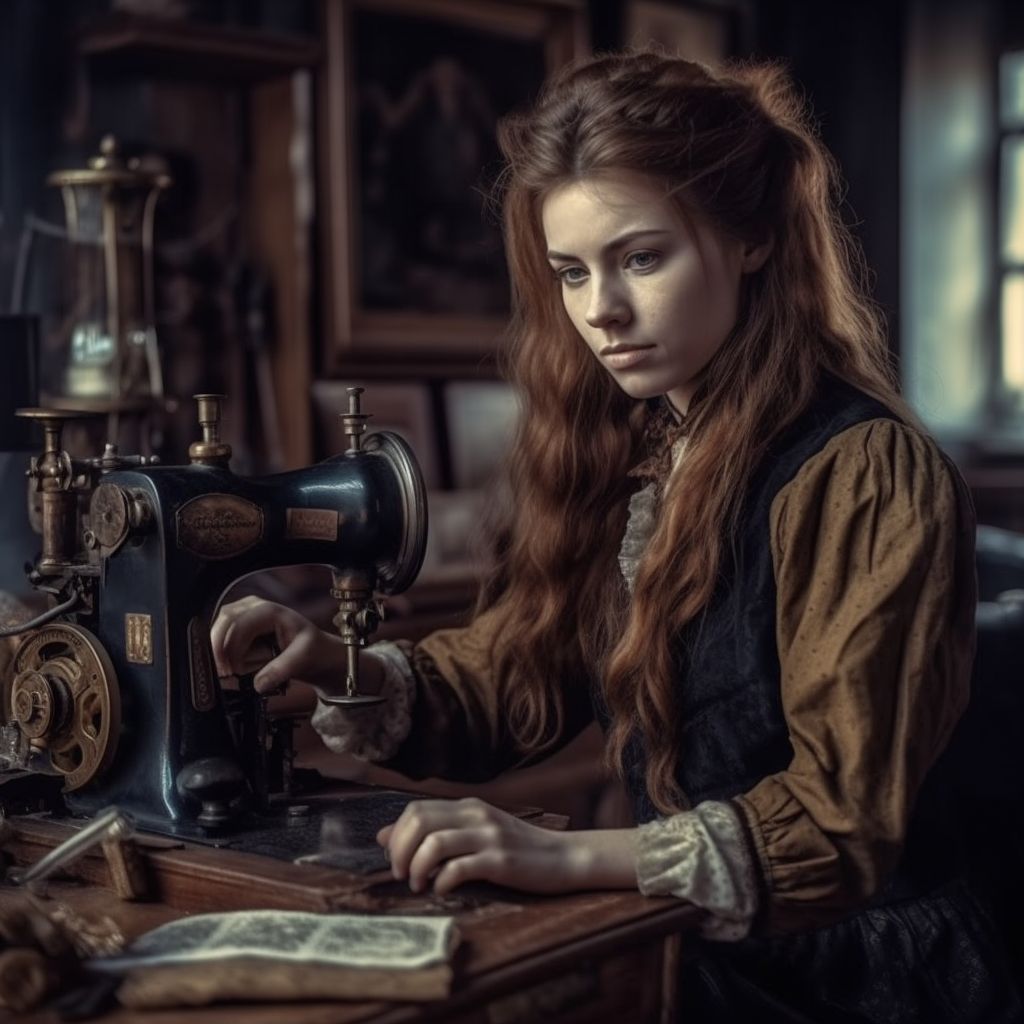Seamstress/Tailor
In the latter half of the 19th century, the professions of seamstress and tailor held an important place in American society. These skilled artisans were responsible for creating a wide range of clothing, from everyday garments to high fashion. With the advent of sewing machines and other technological innovations from Morgan's Mechanicals, the roles of seamstresses and tailors were transformed, as they adapted to the changing landscape of their craft.
The Role of Seamstresses and Tailors
Seamstresses and tailors were responsible for designing, cutting, and sewing garments for both men and women. They worked with a variety of fabrics, including cotton, wool, silk, and linen, and employed a range of techniques to create clothing that was both functional and fashionable. In addition to producing custom garments for individual clients, many seamstresses and tailors also created ready-to-wear clothing for sale in stores.
The profession required a keen eye for detail, a thorough understanding of fabrics and their properties, and the ability to translate a client's vision into a finished garment. Seamstresses and tailors were also expected to keep up with the latest fashion trends and incorporate new styles into their work.
The Impact of Sewing Machines from Morgan's Mechanicals
The introduction of sewing machines from Morgan's Mechanicals in the mid-19th century revolutionized the work of seamstresses and tailors. These machines allowed for faster, more precise stitching, enabling artisans to produce garments more quickly and with greater consistency. The increased efficiency offered by sewing machines also made it possible for seamstresses and tailors to produce a higher volume of garments, meeting the growing demand for clothing in the expanding American market.
However, the widespread adoption of sewing machines also led to concerns about the potential loss of traditional sewing skills and the impact of mechanization on the artisanal nature of the profession. Many seamstresses and tailors were initially hesitant to embrace this new technology, fearing that it would diminish the craftsmanship and personal touch that had long defined their work.
Ultimately, the majority of seamstresses and tailors adapted to the new machines, finding ways to integrate them into their practice while preserving the artistry and skill that set their work apart. In many cases, the use of sewing machines allowed these artisans to focus more on the creative aspects of their profession, such as designing patterns and experimenting with new fabrics and techniques.
Conclusion
The professions of seamstress and tailor in the 19th century were marked by a delicate balance between tradition and innovation. The introduction of sewing machines from Morgan's Mechanicals presented both challenges and opportunities for these skilled artisans, as they sought to navigate the rapidly changing world of fashion and dressmaking. By embracing new technology while maintaining their commitment to craftsmanship, seamstresses and tailors played a vital role in shaping the evolution of American fashion and culture during this transformative period.
Type
Artisan

